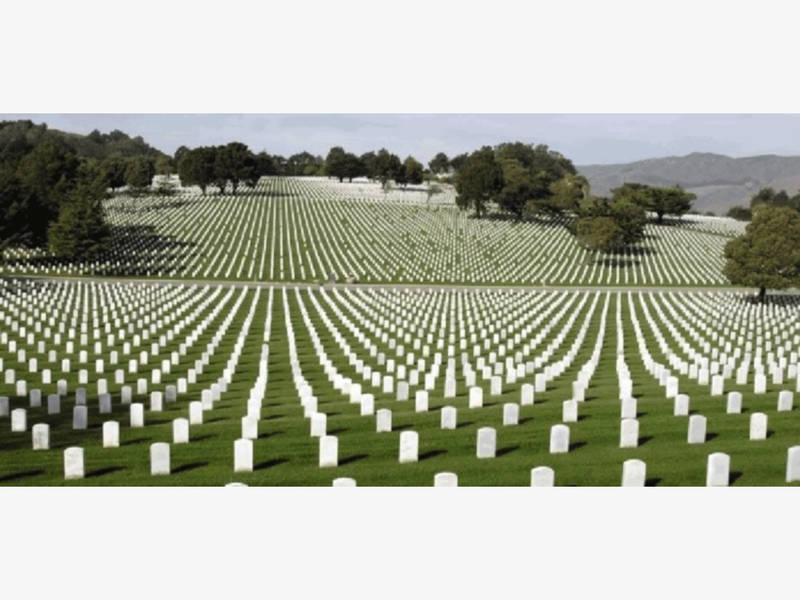I haven’t blogged in a while, quite frankly, I haven’t felt like it. I jump on my computer anymore and there’s not really a lot to hardy har har about. I’m pretty slow to jump on comments because there’s so much bad information on the internet and social media anymore, that by the time I feel like commenting, the topic has already shifted. That said, since absolutely no one needs another white opinion or diatribe, I finally felt motivated to talk about the aftermath of George Floyd’s murder in a series of observations and summaries.
Let’s start with the positive, the “good” (if there can be) after George Floyd’s death. I’ve never seen a person killed by an authority figure with a more universal condemnation. My social media feed has a very wide straddle and I didn’t see ONE post, comment or sentence supporting the idea that this was not murder. Not one. Video is very powerful. I make the analogy that tons of athletes have been charged with domestic violence. Ray Rice was suspended from the league because his was brutally recorded by a casino elevator. It changed the conversation on domestic violence in sports; George Floyd’s death is changing a lot of things right now also. I’ve never seen a cop charged so quickly; in fact I thought he was charged so rapidly they may be jeopardizing the case or charging incorrectly (they changed to 2nd degree murder from 3rd days after the initial charge).
The bad? Please stop savaging your own side for a word or idea you don’t 100% agree with. Example: someone posts, “We need to stand against racism.” Next comment up is “You need to do more, be anti-racist.” Example 2: “I want to be an ally to persons of color.” Next comment: “Allyship is not enough, you need to be ______.” See how productive that is? Not at all. Intellectual pontificating in the negative. On the other side of the argument, the few that are dissecting Mr. Floyd’s past aren’t helping anything. Even if he had killed someone, you don’t strangle someone cuffed and subdued. For those advocating for change, it’s discouraging to see someone tell people to be silent and let other voices be heard, then two days later berate people as silence being complicity. If you can’t see that, I guess keep on rolling uphill.
The ugly? Nazis, frankly. They keep popping up (white supremacists, basically). Have you ever seen one that didn’t look like their mom worked near a toxic waste dump for the whole pregnancy?
More ugly – false information and the reinforcement of that bad info. I saw a post early in the protests that announced it was solid information that the military was going to start shooting protesters at 10 pm. One person asked for a source and was SAVAGED. Guess what happened at 10 pm? Nothing. False information not only is wrong on its own merit, it is actually counter productive. Jussie Smollet did more to set back the momentum on race issues than he could’ve hoped to help. Things such as that plant a seed of apathy and water it it with skepticism. By spreading falsehoods, people begin to get discouraged and you actually damage your point and cause hysteria.
More bad – the use of social media and human life as a political football. I don’t think this is intentional, but almost two dozen people from cops to protesters have been killed since the protests began. I find one side sharing the cops’ deaths and the other sharing every police abuse; not much crossover. I get it, both sides feel, probably correctly, a callousness to one side or the other, but the whole thing comes off cold to me. Human life is important, not just when it makes a bunch of likes on our social media post.
More bad, again – Stop dehumanizing people via talking points. One of my least favorite things about memes and catch phrases is they become thoughtless and discourage original thought. One example is telling cops “You signed up for this job, so you can’t complain!” OK, next time a teacher you know is upset a kid in their class is being abused, just scream “WELL YOU SIGNED UP FOR THIS!” That’ll show em. Next time someone working hard in a low paying job tells you they can’t make ends meet, give the ol’ “YOU KNEW THAT GOING IN!” It really builds bridges.
Good – Leave on something good, since there is much to complain about, even for me, a walking stick in the mud. We actually get along well. Don’t believe everything you see and hear. There is always something more everyone can do. The fact remains that overall, we have a very diverse country and despite the cesspool of social media and the bombardment of negativity from the 24 hour news cycle, people by and large wish no malice upon one another. Life is hard for all and harder for some than others, but if we can keep our eyes on the humanity within everyone instead of the inhumanity we perceive from places of anger, things can only get better. Now I’ll sit back and watch the ten people that read this tell me I’m a bootlicker for not saying ACAB or toss me an “all lives matter” for bringing up race and I’ll set this computer on fire. Don’t let me down people, I’m trying this alien thing called optimism.
Oh and always punch Nazis. Always.

